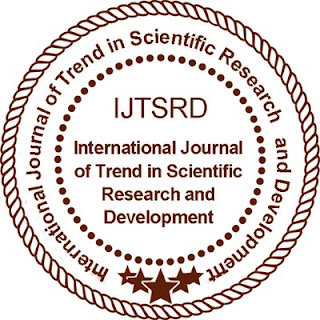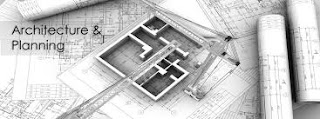Organization is the essence of any design and doing nothing is also a form of design. When it is an applied design, it is hazardous to design by neglect and default. Design sometimes suffers from a dilemma about its identity. It is not solely either an art or a science but is a combination of both. Applied design is not like physics or biology or writing or painting, but it involves these areas and more. Design tends towards a generalized approach, collecting specifics from diverse areas as needed. Design is a combination of art, science, technology and intuition. Design does contain sound proven principals and criteria for judging its success. These criteria centre on the relationship between human needs and human environmental possible. The measure of the success of a particular applied design is how well it meets the needs of the people experiencing it.
Dr. Mukesh Kumar Lalji | Dr. Sheetal Sharma "Application of Basic Design in Architectural Projects" Published in International Journal of Trend in Scientific Research and Development (ijtsrd), ISSN: 2456-6470, Volume-5 | Issue-5 , August 2021,
URL: https://www.ijtsrd.com/papers/ijtsrd43782.
callforpaperpharmacy, pharmacyjournal, internationalpeerreviewedjournal




















